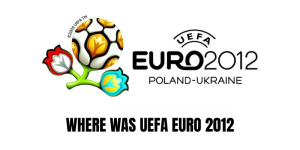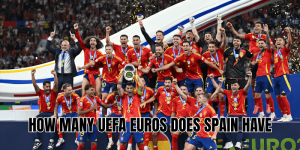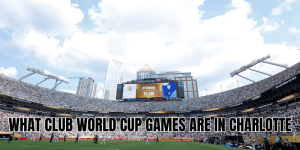In 2025, the decision to host the Club World Cup in USA has stirred excitement—and questions. Why did FIFA choose America for this expanded tournament? What are the benefits and challenges? SansBall will accompany you to explore the reasons behind the move, how it ties in with broader football strategy, and what it means for fans and the game.
What Is The 2025 Club World Cup And Why USA

The 2025 Club World Cup marks the first time the tournament has been expanded to 32 teams, with matches running.
USA was chosen as host for several interconnected reasons: infrastructure readiness, market potential, strategic preparation for the 2026 World Cup, and financial opportunity. Each of these contributes to why Club World Cup in USA makes sense for FIFA right now.
Key Reasonshy Club World Cup In USA
Major infrastructure and stadium capacity
- The USA has large, world-class stadiums already built for NFL, college football, and other sports; many of these venues (like MetLife Stadium) are among those selected for both the Club World Cup 2025 and the 2026 World Cup.
- Cities already have transportation, hospitality, media, and security systems capable of supporting big international crowds. It reduces cost and complexity of building new facilities.
Market expansion and commercial potential
- Soccer (football) in the U.S. is growing rapidly, both in participation and viewership. Hosting the Club World Cup helps FIFA tap into a market with hungry fans, sponsorships, broadcasting deals, merchandising: big value.
- With 32 elite clubs participating, many with global fanbases, there’s strong appeal for both hardcore fans and casual viewers in the U.S. and worldwide. It’s a chance to bring stars live to American audiences.
Financial rewards & economic impact
- There’s huge economic upside: host cities expect boosts in tourism, jobs, hospitality, local business. Estimates for Club World Cup contribution are in the billions of USD.
- FIFA’s prize money in 2025 is very high compared to previous editions: $1 billion prize pool, large participation payments. That money has to be matched with revenue streams—ticket sales, broadcast rights, sponsorships—that are easier in big markets like the U.S. ipedia)
Preparing for the 2026 FIFA World Cup
- The U.S. (with Canada and Mexico) will host the 2026 FIFA World Cup. The Club World Cup in 2025 acts as a dry run—a test of logistics: stadiums, match scheduling, security, fan services. Learn what works, what doesn’t.
- Lessons from things like pitch quality (venues with non-soccer surfaces), extreme weather, transport logistics, and fan engagement are directly relevant.
Challenges & Criticisms Of Holding It In USA
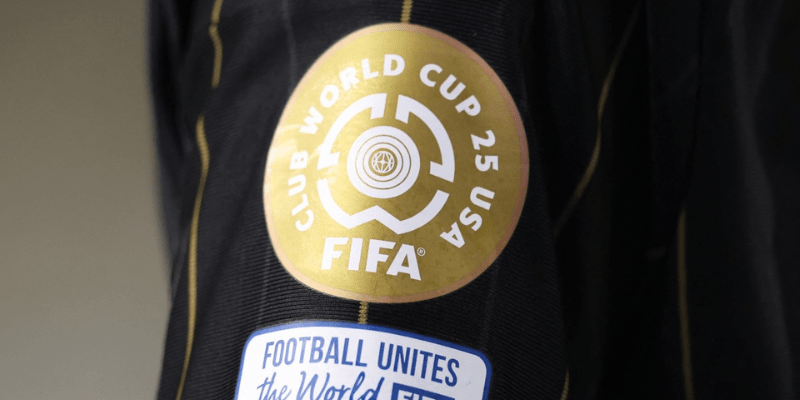
While hosting the Club World Cup in USA has many upsides, there are also drawbacks that have already surfaced. Understanding them helps see the full picture.
Attendance & fan engagement
- Some matches have suffered from low turnout: large stadiums but many empty seats. Fans in certain cities are less connected to foreign clubs, especially mid-tier ones.
- Timing matters: weekday matches, afternoon kick-offs, and the clash with summer activities make it harder for local fans.
Environment & weather logistics
- The USA in summer can be brutally hot, humid, with thunderstorms in many cities. Matches scheduled in midday heat pose risks for players and fans. Delays and disruptions have happened.
- Stadiums designed primarily for American football may need temporary grass surfaces or adjustments, which can produce mixed results. Some players criticized the playing surface as sub-optimal.
Perception & tradition
- Some fans and pundits feel the expanded Club World Cup dilutes tradition: more matches, more teams that may not have the same appeal, and less drama in early rounds.
- The “exclusive” feel is lessened when many clubs—though big—are in one tournament. Comparisons with Champions League and domestic leagues come up.
What Does It Say About FIFA’s Strategy
Putting the Club World Cup in USA is a bold move by FIFA that signals larger shifts in global football governance and business.
- They are leaning into globalization: using big non-traditional markets to enlarge audiences, revenue streams. This is consistent with their approach for the World Cup, youth tournaments, women’s tournaments, etc.
- The power and money in the game increasingly centers around commercial deals, viewership rights, sponsorship. Matches in large markets help fatten these revenue sources.
- Also, FIFA is trying to unify global club competition in a structure that gives more clubs exposure—and revenue—and aligns with their newer formats replacing or supplementing older tournaments.
Key Statistics From USA’s Club World Cup 2025
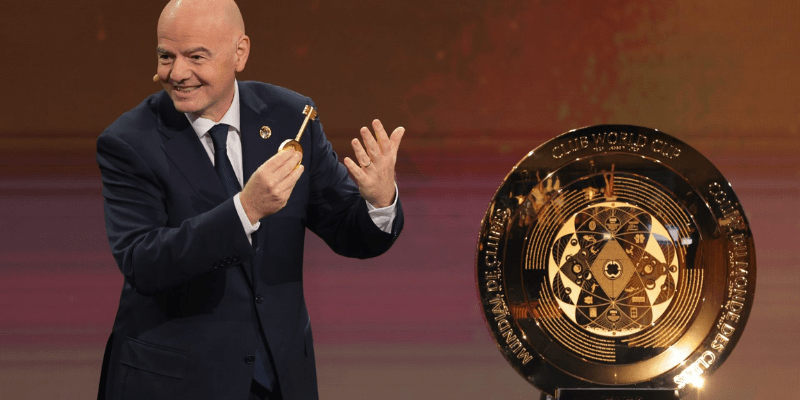
Here are some numbers that help understand why USA was chosen and how the tournament has played out:
- 32 teams, 63 matches across 12 stadiums in 11 U.S cities.
- Prize pool is about US$1 billion, with winner getting ~$125 million.
- Economic impact: projected to generate USD ~$9.6 billion in the U.S. portion alone (of a larger global GDP impact).
- Expected attendance numbers are in the millions across host cities.
Conclusion
Today, when we ask why Club World Cup in USA, the answer is clear: it’s about ambition, infrastructure, and opportunity. USA offers the stadiums, the market, and the financial backing to lift this tournament—and global club football—to the next level. It’s also a strategic warm-up for 2026, when the world’s most-watched football event lands on American soil.
If you love football, this fuller, bigger Club World Cup means more chances to see stars you otherwise might only catch on TV. For clubs, it’s a chance at massive prizes and global exposure. For FIFA, it’s a bet that the future of club football belongs where the fans, finance, and facilities converge: and right now, the USA sits firmly at that intersection.
Call to action: Stay with SansBall for more behind-the-scenes previews of big tournaments, match reviews, and insights—is this format here to stay? Let us know which clubs you think will shine, and follow for full schedules, stats, and stories on how the Club World Cup in USA changes the game.

